Beckum yesterday and today
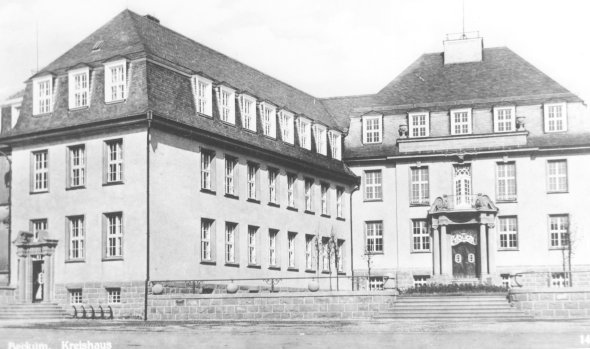
The town of Beckum is nestled in a hilly landscape surrounded by fertile fields, lush meadows and stately forests. The range of hills surrounding the town, the Beckumer Berge, are among the few elevations in the flat Münsterland park landscape.
In the centre of this elevation is a depression. It naturally forms a spring depression and is the source of numerous streams and ponds. The waters collect here and leave the hilly area to the west as the Werse to enter the Ems and finally the North Sea. The most important streams are the Kollenbach, the Lippbach and the Siechenbach. Their meandering course adorns the Beckum town coat of arms: three silver runs on a red background.
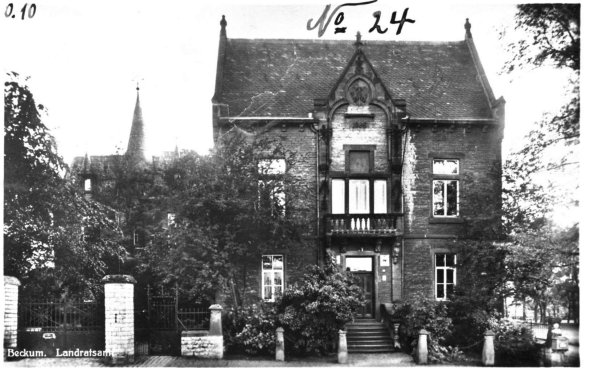
They were also the ones who gave the town of Beckum its name. Bekehem or Bikehem, as the town is called in old documents, means nothing other than Bachheim - the home by the streams, whereby the word ending "-hem" or "-heim" is a typical Carolingian designation. This Bekehem was located at the intersection of two trade routes that led from Münster to Paderborn and from Hamm across the Lippe to Warendorf.
Beckum has had town charter since 1224. However, numerous finds show that there was settlement on Beckum's soil much earlier. Three stone cist graves from the Neolithic period, one of which has been preserved in the south of the town, are among the oldest evidence of human culture in Westphalia.
Significant cemeteries from the Frankish-Saxon period 600-800 AD have been uncovered. In 1861, 61 human burials were discovered in a Frankish cemetery.
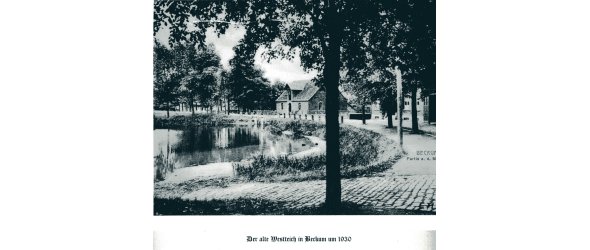
Even greater interest was aroused by the uncovered grave of a Frankish prince from the time around 600, who had been buried with rich grave goods. Two precious swords, a throwing spear and richly decorated golden fittings lay in the prince's grave. Ten horse skeletons were discovered at the feet of the dead man.
From the 8th century onwards, the village already had a chapel. It probably belonged to a Carolingian royal court. Beckum is one of the four original parishes of the Münsterland.
Beckum in the Middle Ages
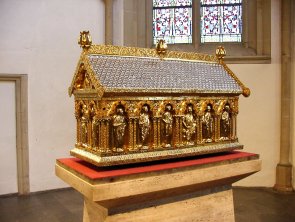
Merchants, merchants and craftsmen brought considerable wealth to medieval Beckum. Due to its favourable location at the intersection of two trade routes, the town grew rapidly. With more than 2,200 hectares, the town's fields were the largest in the Münsterland region.
The old fortified tower in the Westpark still remains from the strong fortifications. Around 1230, the gold shrine of St. Prudentia was built, according to its size and artistic quality the most important medieval gold shrine in Westphalia. Wars, unrest and the black plague set the town back in the following centuries. It was probably in the context of economic and social decline that the petty crimes known as the "Beckum Attacks" occurred. Several works of art in the town area refer to this.
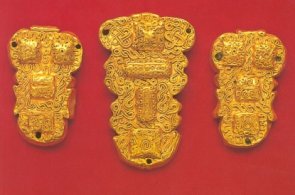
Beckum in the 19th century
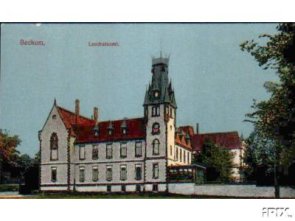
After a long period of economic stagnation, Beckum recovered at the beginning of the 19th century. From 1803 to 1806 Beckum was under Prussian administration, from 1806 to 1813 under French administration.
Beckum becomes a district town in 1816; however, the district administration does not have its seat in Beckum until 1827. The construction of the Cologne-Minden railway gave the town an important connection in terms of transport. The lime and cement industry, which developed in the second half of the 19th century, thus gained an important transport route for its products. In 1872, the first cement plant was founded in Beckum, followed by others, making the Beckum area one of the most important and largest cement districts in the world.
Beckum today
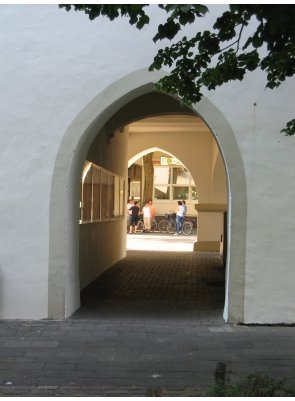
The economic boom was brought to an end by the First World War and the inflation that began in 1923. The democratic work of the Beckum town parliament ended in 1933 when the National Socialists came to power. During the Second World War, Beckum was spared major destruction by bombing raids and was handed over to the Americans without a fight in 1945.
After the difficult post-war period, reconstruction proceeded, during which Beckum developed into a modern residential and industrial town. In 1974, the town with the three streams in its coat of arms celebrated its 750th anniversary. Today Beckum belongs to the district of Warendorf and has a population of about 37,000 including the districts of Neubeckum, Vellern and Roland. Numerous hiking trails and recreational areas make Beckum a popular destination for short breaks.
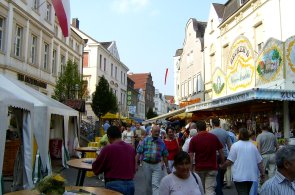
1999 was a special year for Beckum. At that time, Beckum had been a town for 775 years. Various (smaller) events were held to commemorate this anniversary. However, the 100th anniversary of Neubeckum, which took place at the same time, was celebrated in the foreground.